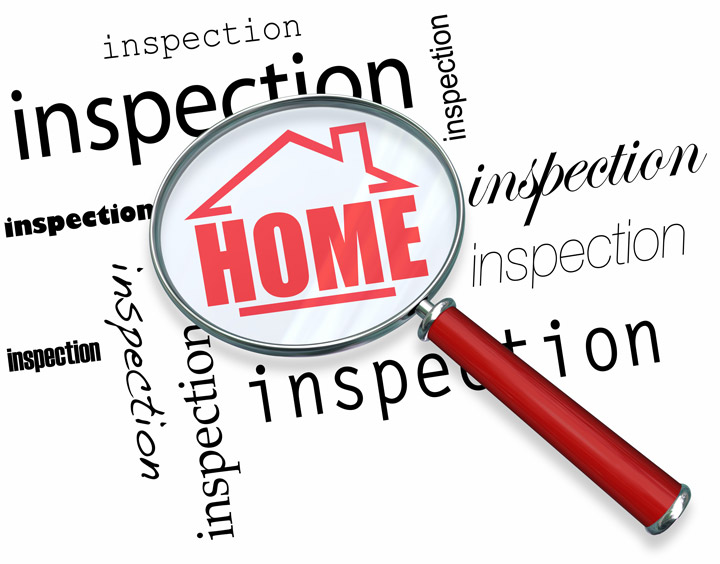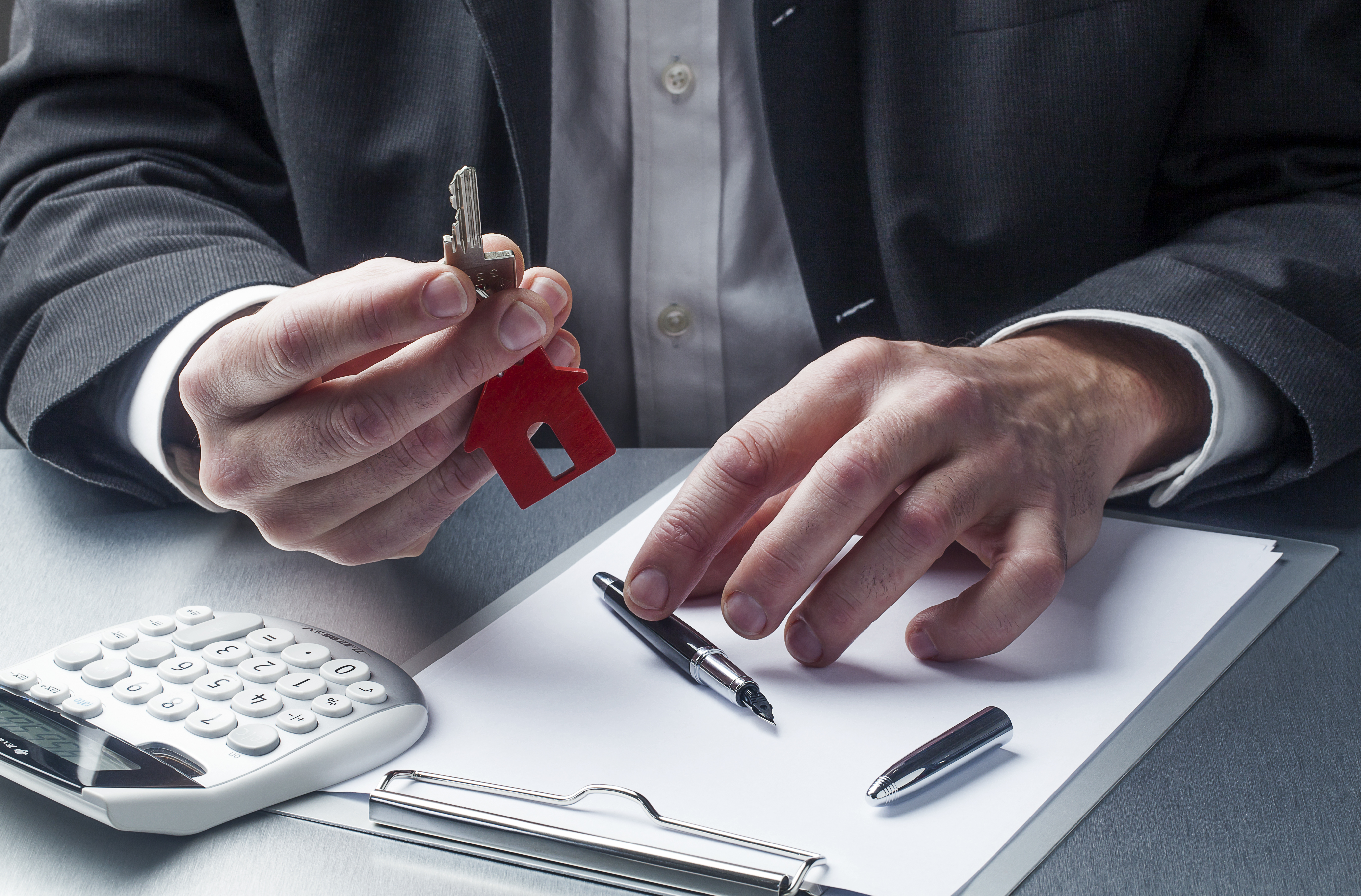
What Are the Components of an Appraisal?Their home's purchase is the most significant financial decision many people may ever encounter. Whether it's a main residence, a second vacation home or an investment, purchasing real property is a complex financial transaction that requires multiple people working in concert to make it all happen. Most of the participants are very familiar. The real estate agent is the most recognizable person in the transaction. Then, the bank provides the money necessary to bankroll the deal. And the title company makes sure that all areas of the transaction are completed and that the title is clear to transfer from the seller to the buyer. So, what party is responsible for making sure the property is worth the amount being paid? This is where you meet the appraiser. We provide an unbiased estimate of what a buyer might expect to pay — or a seller receive — for a parcel of real estate, where both buyer and seller are informed parties. A licensed, certified, professional appraiser from Yunger Real Estate will ensure, you as an interested party, are informed. The inspection is where an appraisal beginsOur first responsibility at Yunger Real Estate is to inspect the property to determine its true status. We must see aspects of the property first hand, such as the number of bedrooms and bathrooms, the location, and so on, to ensure they really are there and are in the condition a typical buyer would expect them to be. To ensure the stated size of the property has not been misrepresented and document the layout of the property, the inspection often requires creating a sketch of the floorplan. Most importantly, we identify any obvious amenities - or defects - that would affect the value of the house. Back at the office, an appraiser uses two or three approaches to determining the value of the property: sales comparison and, in the case of a rental property, an income approach. 
Replacement CostHere, the appraiser uses information on local construction costs, labor rates and other elements to ascertain how much it would cost to replace the property being appraised. This value commonly sets the maximum on what a property would sell for. It's also the least used method. 
Sales ComparisonAppraisers can tell you a lot about the communities in which they appraise. They thoroughly understand the value of specific features to the residents of that area. Then, the appraiser looks up recent transactions in close proximity to the subject and finds properties which are 'comparable' to the property at hand. By assigning a dollar value to certain items such as square footage, extra bathrooms, hardwood floors, fireplaces or view lots (just to name a few), we adjust the comparable properties so that they are more accurately in line with the features of subject.
A valid estimate of what the subject could sell for can only be determined once all differences between the comps and the subject have been evaluated. When it comes to associating a value with features of homes in Pipersville and Bucks, Yunger Real Estate can't be beat. The sales comparison approach to value is commonly awarded the most importance when an appraisal is for a real estate sale. Valuation Using the Income ApproachA third way of valuing a house is sometimes applied when an area has a reasonable number of rental properties. In this case, the amount of income the real estate produces is factored in with other rents in the area for comparable properties to give an indicator of the current value. Coming Up With The Final ValueCombining information from all applicable approaches, the appraiser is then ready to document an estimated market value for the subject property. The estimate of value at the bottom of the appraisal report is not always the final sales price even though it is likely the best indication of what a property is worth. Depending on the individual circumstances of the buyer or seller, their level of urgency or a buyer's desire for that exact property, the closing price of a home can always be driven up or down.Regardless, the appraised value is typically used as a guideline for lenders who don't want to loan a buyer more money than the property is actually worth. The bottom line is, an appraiser from Yunger Real Estate will help you discover the most fair and balanced property value, so you can make wise real estate decisions. |